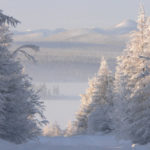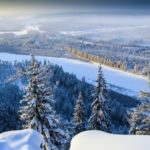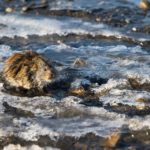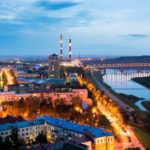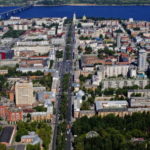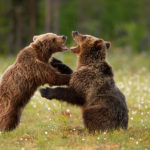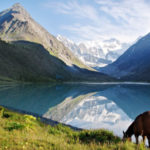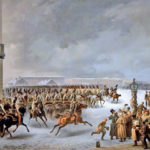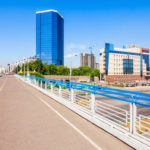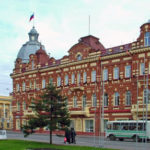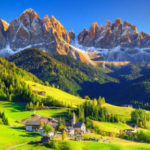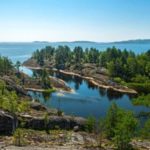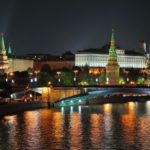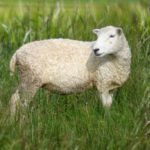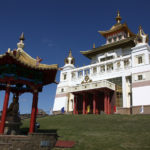22 interesting facts about Siberia
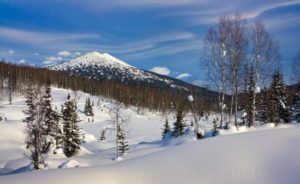 To assess the size of Siberia, just look at the map. These lands, occupied by endless forests, mountains and steppes, are larger than many countries in size. Innumerable natural riches lurk in their bowels, and if they are spent sparingly, they will be enough for people for hundreds more, or even thousands of years.
To assess the size of Siberia, just look at the map. These lands, occupied by endless forests, mountains and steppes, are larger than many countries in size. Innumerable natural riches lurk in their bowels, and if they are spent sparingly, they will be enough for people for hundreds more, or even thousands of years.
Most of it is in the permafrost zone, and the soil there does not thaw even in summer, with the exception of its surface layer.
The most ancient fossils discovered by archaeologists in Siberian open spaces are about 350 million years old.
It is in Siberia that Lake Baikal is located, the largest reservoir of fresh water on Earth.
Contrary to popular belief, there are no cedars in Siberia. There is a cedar pine, whose nuts, by the way, are called cedar.
Siberian Husky, a world-famous breed of dog, comes from here.
Diamonds in Siberia are sometimes mined open-pit, as frozen soil reliably holds the walls of excavated quarries and prevents them from collapsing.
Unique vampire butterflies live here. Females of this species feed on nectar, and males on blood. Like mosquitoes, just the opposite – in mosquitoes, males feed on nectar, and females on blood.
In the Siberian village of Agapa in 1968, an air pressure of 815 mm Hg was recorded, the highest in the entire history of observations on the entire planet.
In Siberia, there is the Vasyugan swamp, the largest in the world. Its area is approximately 53 thousand square kilometers, which is more than the area of some European countries.
In Siberia, in Bratsk, the largest snowflakes fell in the world, with a diameter of just over 30 centimeters.
It was Siberia that hit the Tunguska meteorite, which to this day is an unsolved mystery.
Until the last century, Siberian open spaces served as the main place of exile in the Russian Empire.
Active development of Siberia began in the 16th century.
Back in the 19th century, there was a separate tax for the indigenous inhabitants of Siberia, which was to be paid with furs.
Once there was the Siberian Khanate. It was included in Russia.
Now in all of Siberia, Western and Eastern, about 35 million people live. Just 300 years ago, only about 200 thousand of them lived here.
Sometimes Siberia is divided into East and West, and sometimes – into the North-East, Middle and South.
It is still not known for certain where the name “Siberia” comes from.
The population density in the Siberian open spaces does not exceed 2.7 people per square kilometer, which makes it one of the lowest in the world.
About 25% of the Russian population lives here.
The Siberian taiga, like the jungle of South America, produces a huge amount of oxygen.
Siberia occupies 77% of the area of Russia, and it is ten times larger than most European countries in area.
